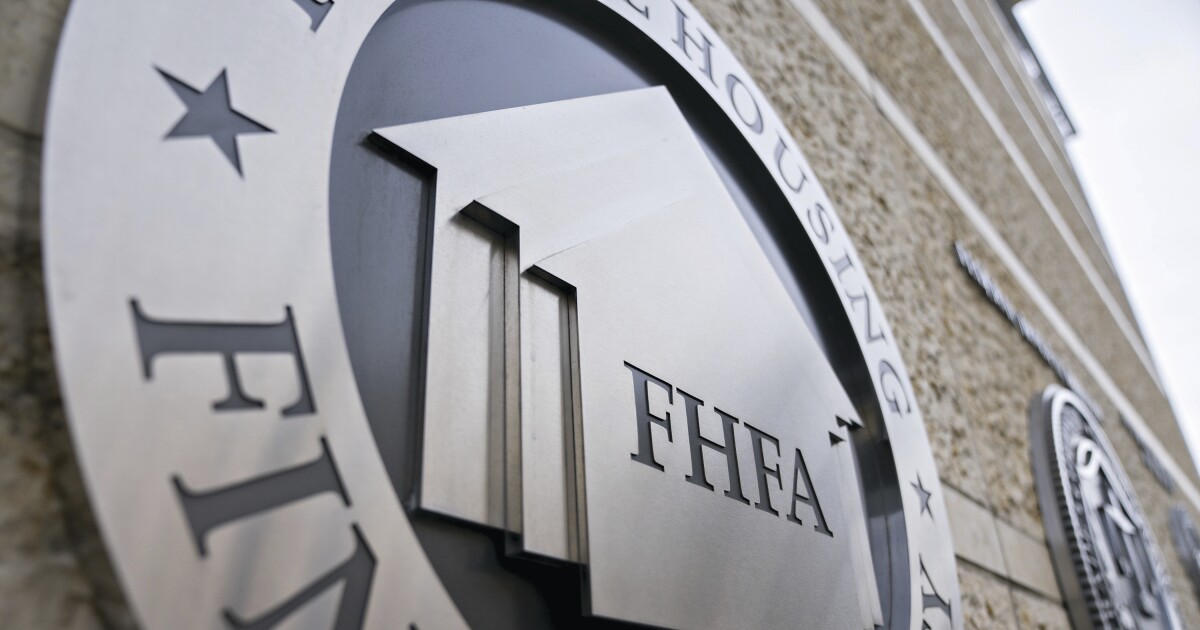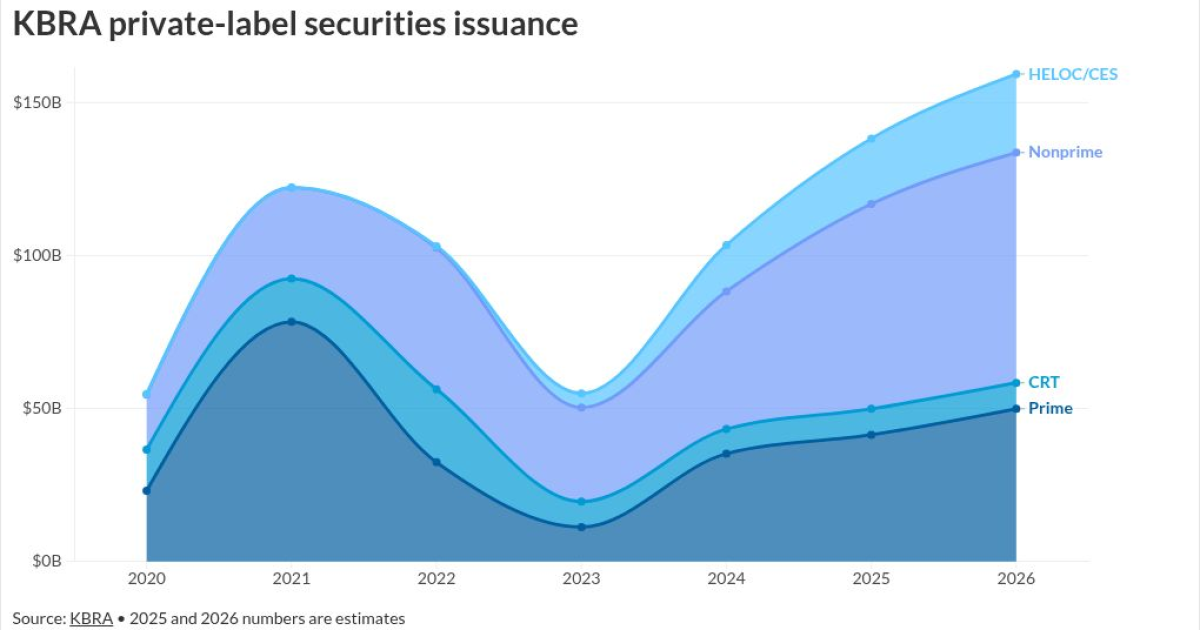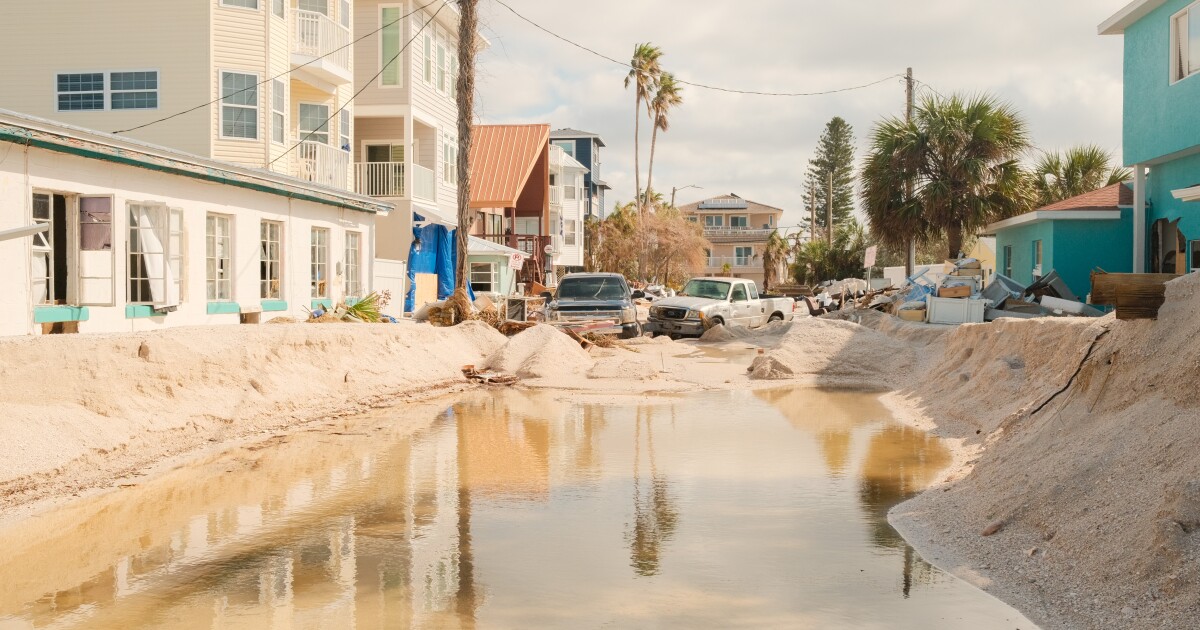
A formal public request for feedback on the Federal Home Loan Bank system launched Thursday, following a year when it both
The request seeks input on how the regulatory statement governing the FHLBanks' mission could better reflect their "appropriate role" in housing finance.
The RFI the Federal Housing Finance Agency put forth also calls for thoughts on what yardsticks should be used to measure how well it fulfills its mission and what incentives might be applied to that end.
"The mission of the FHLBanks to provide liquidity and support housing and community development should be clearly articulated," FHFA Director Sandra Thompson said in a press release.
The RFI also poses questions such as whether some mission goals should be weighted more heavily than others and if there are items that should be added to or removed from the current iteration.
Thompson indicated in a recent Senate hearing that she thinks affordable housing goals should be more aggressive, and the percentage of net income the 11 member institutions allot to them
However,
A recent Congressional Budget Office report recently
The FHLBank system bars nondepositories that constitute an increasing share of the mortgage market and instead work more prominently with other government-sponsored enterprises the FHFA regulates, Fannie Mae and Freddie Mac.
Nonbank mortgage liquidity also has been undergoing regulatory review, with a recent
While the 2023 crisis tested depositories' liquidity and available resources, the pandemic initially raised questions about nonbanks by making them responsible for consumer payment suspensions they typically bear some responsibility for covering to ensure investor payments.
(A subsequent interest rate drop offered as a form of pandemic relief returned cash to nonbanks through refinancing to resolve the issue for the time being, but the FSOC report asks whether the issue might re-emerge in the future.)
Fannie and Freddie buy loans from nonbanks, while the FHLB operates more like a group of regional cooperatives with a public policy mission. Each of these cooperatives receives lower-rate financing collateralized by loan portfolios through the system.
A central Federal Home Loan bank office issues debt that bondholders buy to provide that financing. In return, the Federal Home Loan banks provide low-cost liquidity to their members to invest in a range of community lending.
Feedback in response to the request for input can be submitted through July 15 via the FHFA's website or mailed to the agency's Division of Bank Regulation at 400 7th Street, S.W., Washington, DC 20219.



